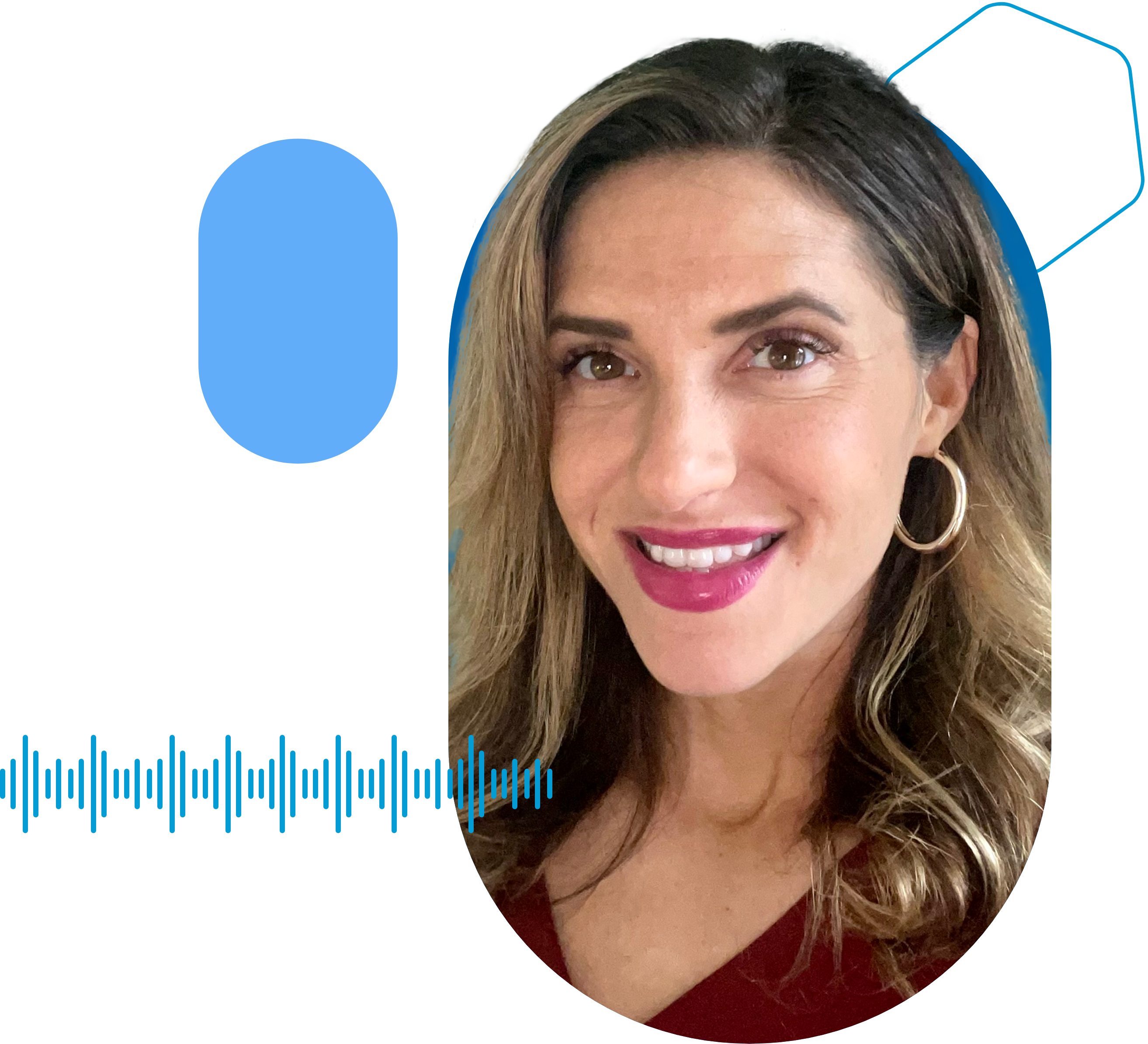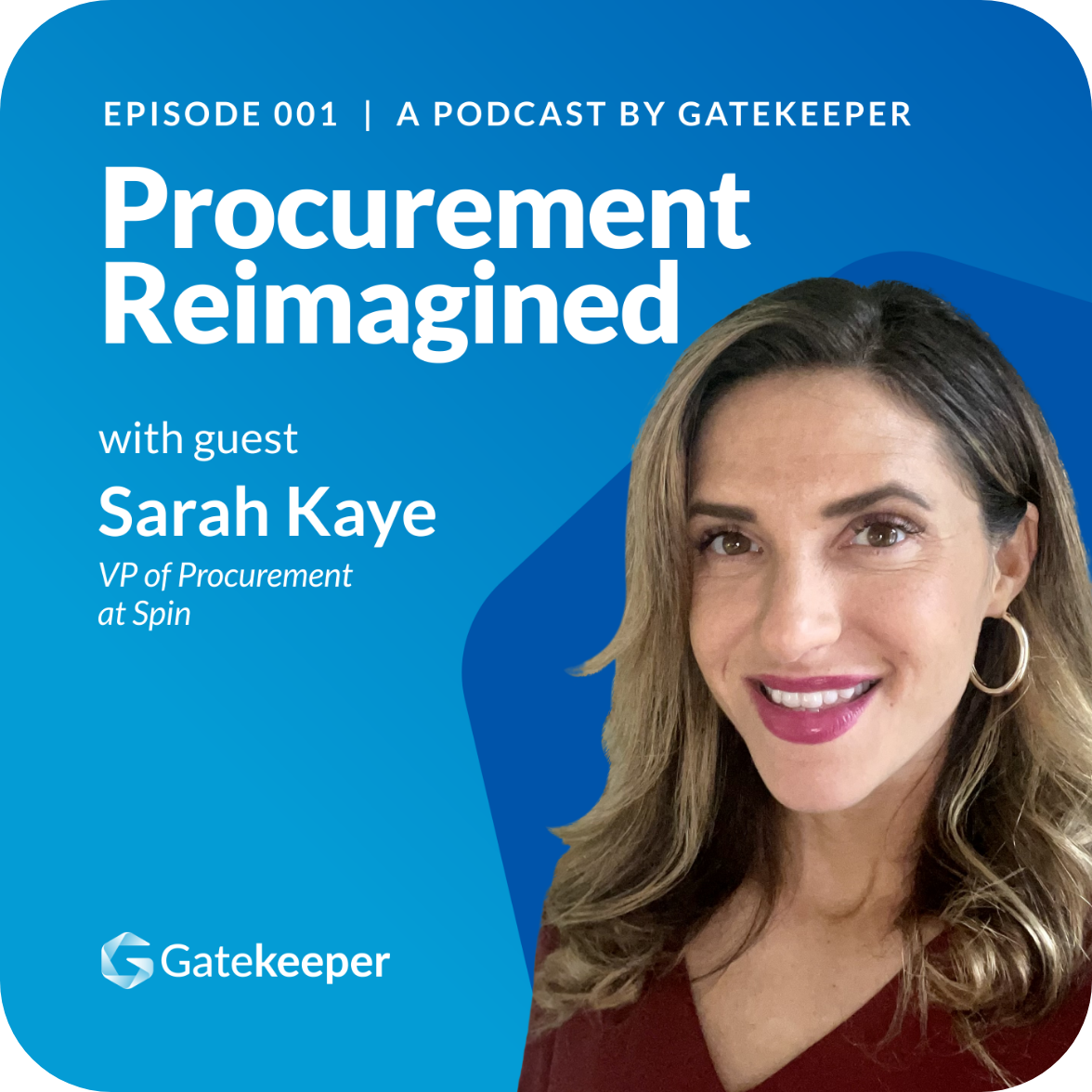This website stores cookies on your computer. These cookies are used to improve your website and to provide more personlised services to you, both on this website and through other media.
To find out more about the cookies we use see our Privacy Policy.
- Solutions
- Core Solution
-
The Gatekeeper Platform
 Your secure solution for managing contracts & vendors
Your secure solution for managing contracts & vendors -
Touchless Contracts
 Self-service contract creation & execution at scale
Self-service contract creation & execution at scale -
 eNegotiateDedicated template, clause library & Word redline solution
eNegotiateDedicated template, clause library & Word redline solution -
Workflow Engine
 Digitise and automate your contract processes
Digitise and automate your contract processes -
AI Extract™
 Cutting-edge AI data extraction & analysis
Cutting-edge AI data extraction & analysis -
 eSignFully integrated, compliant eSignature solution
eSignFully integrated, compliant eSignature solution -
 Smart FormsTransform Data Collection with Intelligent Smart Forms
Smart FormsTransform Data Collection with Intelligent Smart Forms -
Integration
 The developer-friendly CLM for your business
The developer-friendly CLM for your business -
Global Search
 Search within all documents and across all data-points
Search within all documents and across all data-points
-
- Additional Modules
-
Employee Portal
 Manage internal requests, workflows & collaboration
Manage internal requests, workflows & collaboration -
Vendor Portal
 Manage Vendors with ease from a branded portal
Manage Vendors with ease from a branded portal -
Balanced Scorecards
 Effective vendor performance management
Effective vendor performance management -
Spend Module
 Import, analyse and manage contract & vendor spend
Import, analyse and manage contract & vendor spend -
Risk Module
 Manage supplier risk & trigger escalation & workflows
Manage supplier risk & trigger escalation & workflows -
Market IQ
 Integrated Third-Party Risk Surveillance Feeds
Integrated Third-Party Risk Surveillance Feeds -
Gatekeeper for NetSuite
 Sync Vendor, Contract & Spend data seamlessly with our native SuiteApp
Sync Vendor, Contract & Spend data seamlessly with our native SuiteApp -
Gatekeeper for Salesforce
 Trigger, track & execute contracts via our native integration
Trigger, track & execute contracts via our native integration -
Book a Demo
-
- Core Solution
- USE-CASES
- Customers
- Pricing
- Resources
- Resources
-
The Gatekeeper Blog
 Best practice advice for Contract & Vendor Management
Best practice advice for Contract & Vendor Management -
Video Hub
 Your chance to see Gatekeeper in action and hear from our customers
Your chance to see Gatekeeper in action and hear from our customers -
Customer Success Stories
 See how businesses like yours succeed with Gatekeeper
See how businesses like yours succeed with Gatekeeper -
Procurement Reimagined
 A podcast dedicated to sharing best practices for digital procurement success
A podcast dedicated to sharing best practices for digital procurement success
-
- Complimentary Downloads
- Customer Knowledge Base
How-to Guides for Using Gatekeeper
- Resources
- Login
- Request my demo
Ready to take back control? Request my demo







.png)
.png)
.png)
-4.png)